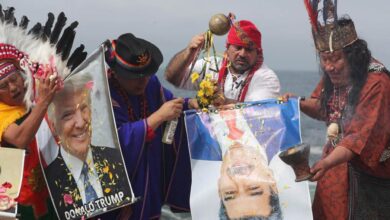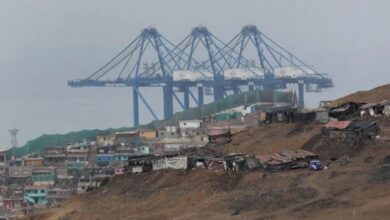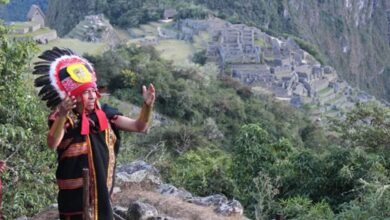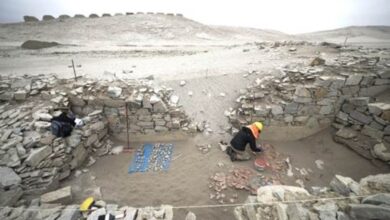Thirty Hours, Three Summits: How One Runner Redrew Peru’s Map of Possibility
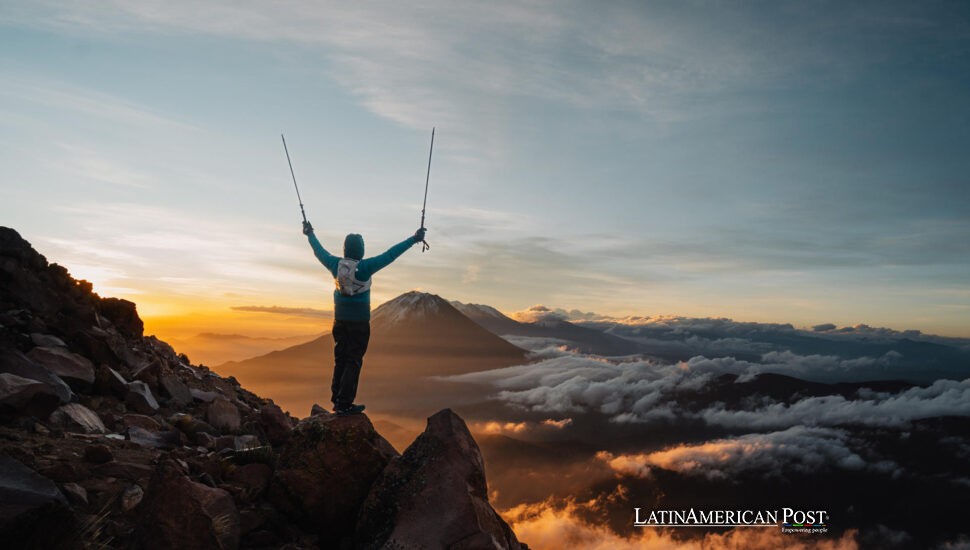
In under thirty sleepless hours, 22-year-old Thomas Schilter linked Chachani, Misti, and Picchu Picchu on foot, a first for Arequipa’s volcanic crown. His feat, captured in the documentary “La trilogía de los volcanes,” invites Peru to rethink adventure, infrastructure, and identity.
A record that doubles as a manifesto
There is the statistic—more than 90 kilometers in one continuous push, 5,500 meters of cumulative ascent, summiting Chachani (6,057 m), Misti (5,822 m), and Picchu Picchu (5,664 m)—and then there is the statement behind it: Peru’s mountains are not a postcard backdrop; they are a living arena for ambition. Schilter’s one-person traverse, chronicled in “La trilogía de los volcanes,” is as much a declaration of what Peruvian adventure can be as it is a personal best. “Besides telling the whole traverse and the record achieved, the documentary also tells the story with my family and of the mountains of Cusco where I was born and raised,” he told EFE. That framing matters. It roots the achievement in place and continuity, rejecting the disposable logic of stunts done for clicks.
Then came the choice that makes the feat feel like a manifesto. No shuttle vans, no leapfrogging support cars, no shortcuts. Base to base, on foot. “There were many sections where there wasn’t a single path or a trace that any human had passed through,” he told EFE, recounting a night that began at 2 P.M., reached the first summit by sunset, the second at dawn, the third at nightfall—thirty hours moving, without sleep. Linking the volcanoes on foot doesn’t just add a notch; it redraws the line. It sets a standard Peru could adopt as its own: ethical, low-impact, uncompromising.
Mountains as classrooms, families as mentors
What lingers after the credits isn’t the stopwatch—it’s the lineage. Schilter grew up in Urubamba, in the Sacred Valley, the son of a Swiss paraglider and a French mother. The curriculum was altered. “I’ve spent 12 years doing adventure sports. I started at 10, with challenges even difficult for an adult,” he told EFE. His most admired mentor is his father, “one of the best paraglider pilots in the world,” whose life in the Alps bled into Andean air. Before the trilogy, the young mountaineer had already stacked more than 60 summits, 21 ultramarathons, a new route on Siula Grande (6,345 m) with climber Luis Crispín, and the first tandem paraglider flight from Ausangate with his father.
The résumé hints at a larger truth: the most effective high-performance “academy” is a culture that treats wild places as daily teachers, not distant spectacles. When a child’s field trip is a ridge and a river, when kitchen conversations are about wind and snowpack, endurance becomes a language, not a hobby. Schools can’t replicate family legacy, but they can invite it in—by integrating mountain education and basic safety into highland curricula; by opening public facilities to youth running and climbing programs; by funding municipal trail clubs that make mentorship ordinary. If Peru wants the next generation of Andean protagonists to be Peruvian, it must help them meet the mountains early and often.
From spectacle to policy in Peru’s high country
Celebrating Schilter’s traverse is easy. Converting it into public value is the test. That means safety, stewardship, and shared benefit—delivered with the same clarity as a race plan. Arequipa’s volcanic amphitheater is both fragile and busy. Unplanned popularity erodes trails, stresses water sources, and sidelines the very communities that have long cared for these slopes.
Schilter’s self-powered ethic points to a template: favor human-powered linkups, cap motorized access where impact is highest, and reward athletes and filmmakers who leave the lightest trace. But policy has to catch up. Regional governments can publish simple, bilingual route advisories for Chachani, Misti, and Picchu Picchu; train and fund volunteer rescue teams in partnership with guides’ associations; and create a single-window permit platform that includes Indigenous and communal authorities. These steps are not expensive; they are about coordination. Tie each permit to a small conservation fee for trail maintenance and waste management. Pair every screening of “La trilogía de los volcanes” with action: a pre-show trail day, a post-show safety clinic, and a commitment to pay local porters a living wage when productions come calling.
Then there is the climate ledger. The Andean cryosphere is shrinking, and with it, route stability, storm timing, and water reliability. Schilter’s line was drawn across a landscape in flux. A mountain policy worthy of the Andes must treat glaciers as infrastructure, not scenery, and fund monitoring, early warnings, and adaptation for highland communities who live with the risks.

Beyond Machu Picchu, a national brand waiting at altitude
Schilter says he could go faster—”I think it can be even quicker… I’m stronger, I know the route,” he told EFE—but his larger ambition outpaces the stopwatch: “that the whole world knows what we have in the country… not just Machu Picchu, good food and cultures, but the natural beauty we have.” He’s right. Peru’s global story is still dominated by one citadel, however magnificent. There are more than thirty Peruvian peaks above 6,000 meters. Let the trilogy’s international tour—and, he hopes, a streaming home—be a lighthouse for a wider Peruvian nature brand, with Arequipa’s volcanoes as welcoming entry points before viewers learn to say Huantsán, Yerupajá, Coropuna.
But branding without justice is extraction. If Peru markets its altitude, Peruvians—predominantly Indigenous and rural communities—must own meaningful stakes in the value created. That means revenue-sharing for filming permits, fair hiring for logistics, credit for Indigenous toponyms and knowledge, and co-authorships that move locals from extras to producers. Showcase local athletes alongside visiting stars. Pair the glamour of summit footage with the patient work of avalanche forecasting, hut maintenance, and trash removal. The most radical line is sometimes the one that stays open for the next traveler.
Also Read: Uruguayan Marathon Miracle: Julia Paternain’s Historic Bronze Stuns Tokyo
Schilter’s traverse is, finally, an invitation. He has shown what one determined Peruvian can do in a day and a night. Now the country must decide what to do for a decade. Will Peru keep casting its mountains as supporting actors to a familiar script, or invest in a future where the Andes define not only the skyline but the strategy—healthier, safer, fairer, unmistakably Peruvian? The route is there. The clock is running.

